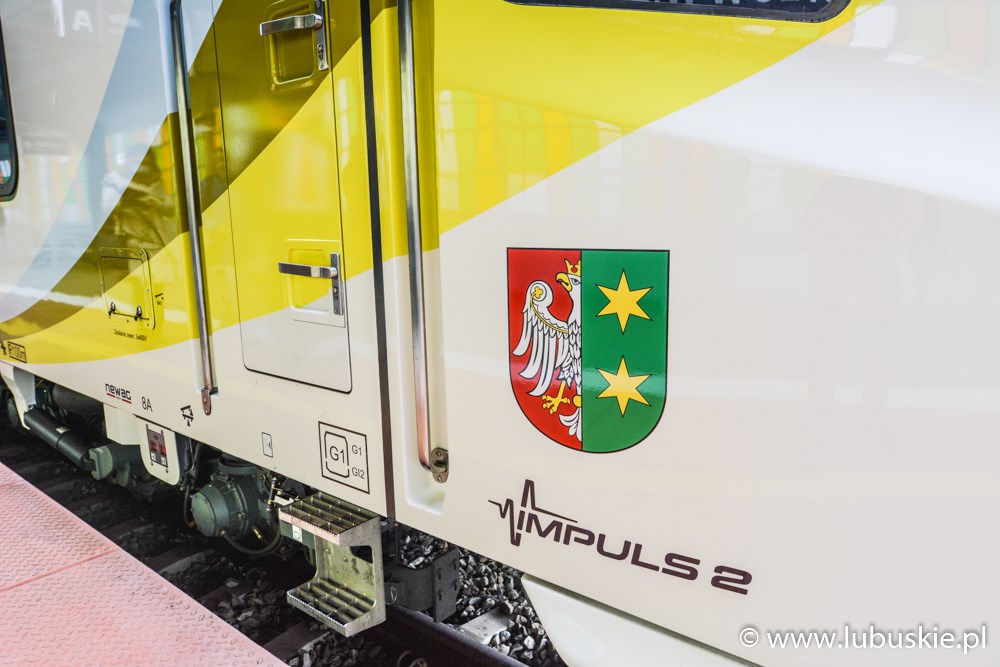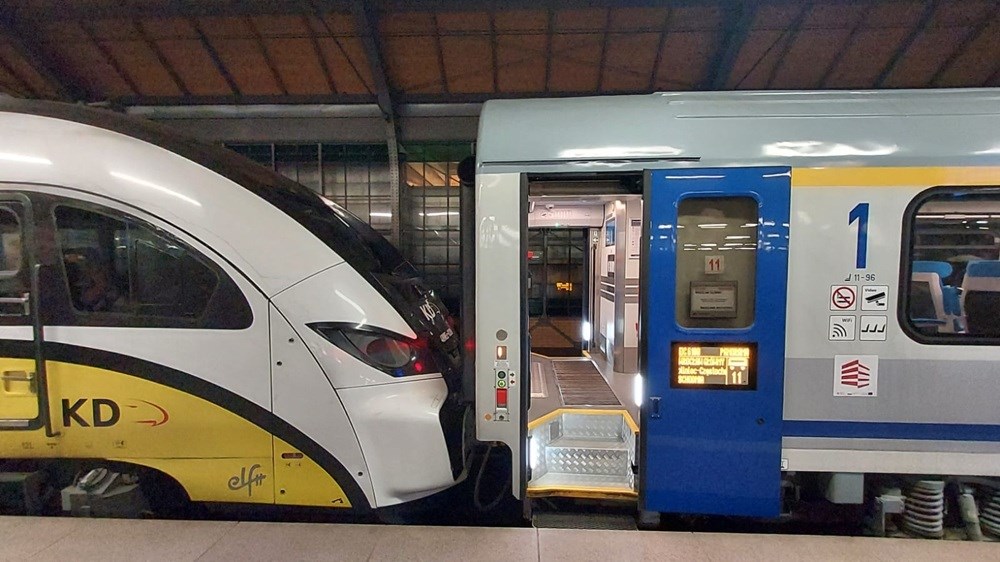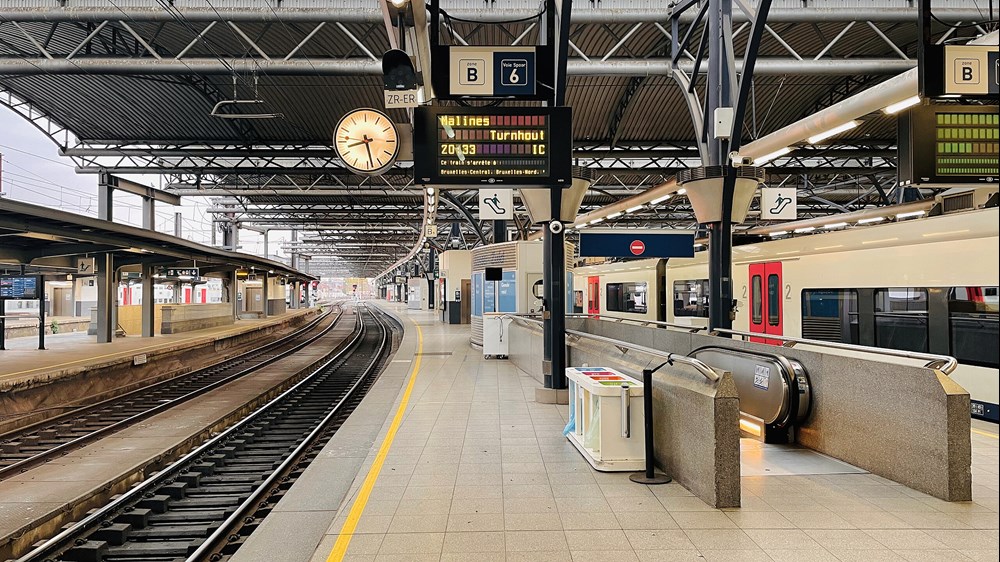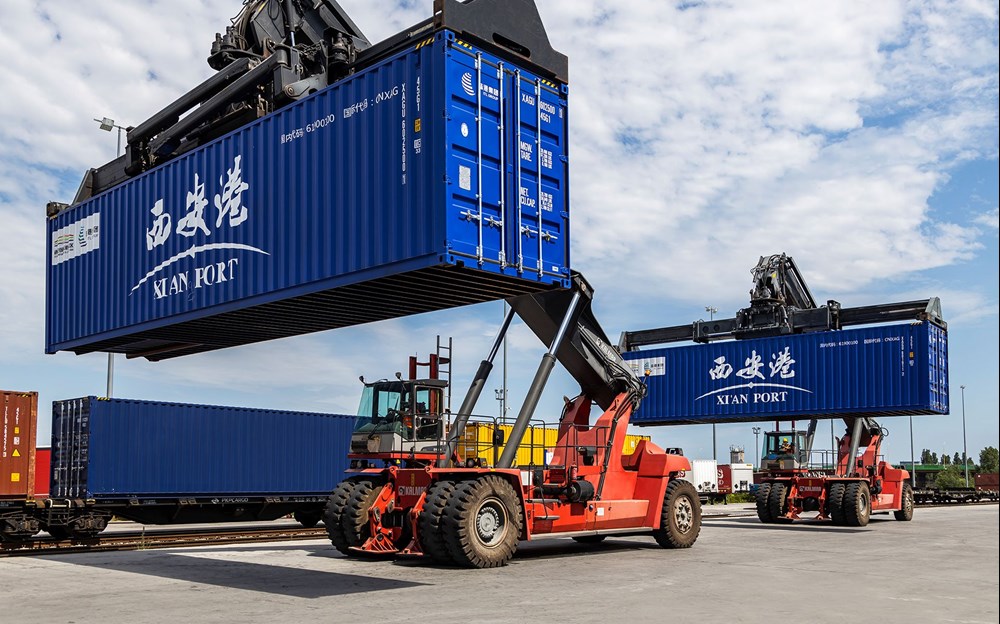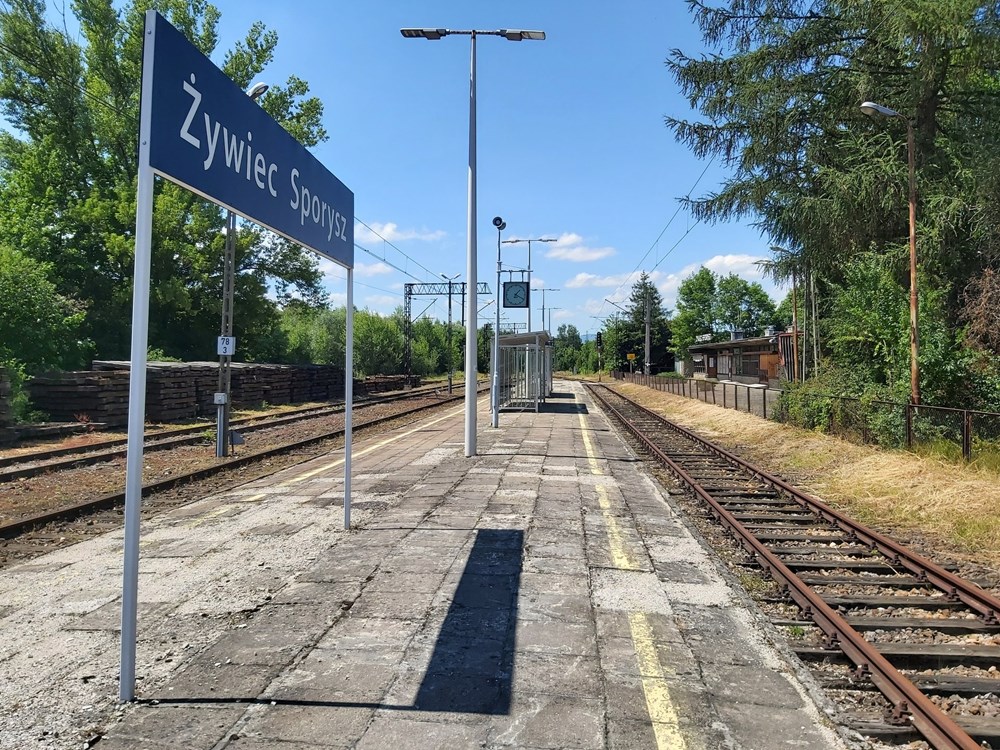Jak rozwija się serbski system sterowania ruchem kolejowym? Poznaj najnowsze trendy i planowane innowacje w fascynującym artykule Ivana Ristica, niezależnego doradcy kolejowego.
RAILWAY SIGNALLING SYSTEMS IN SERBIA – OVERVIEW AND FUTURE TRENDS
Introduction
As an independent consultant in the field of railway signalling systems, in this article I will try to provide a comprehensive overview of the current state and future trends in the Republic of Serbia. The railway network in Serbia is an essential component of the country’s transportation infrastructure, connecting major cities and facilitating domestic and international trade. Therefore, a robust and reliable signalling system is crucial to ensure the safe and efficient operation of the railway network.
Historical evolution of the signalling systems
The history of railway signalling in Serbia is closely connected with the development of its railway network. The first railway line in Serbia was built in 1885 (Belgrade-Nis), and since then, the signalling systems have come a long way. Early systems were manual, often involving hand signals and rudimentary communication methods. Later, they were gradually upgraded into electromechanical systems with key-locks for points and mechanical signals.
In the period after World War II, another technological leap led to the installation of relay electronic devices, as signalling systems were based on fixed signals, track circuits and point machines. There were two centralized signalling systems used:
- Siemens SpDrS-64, which was based on the topological connection of relay components (relay racks and relay groups), which enabled smooth extension in case of changing the station layouts;
- Westinghouse Wabco, which is a free-wiring signalling system (meaning that the whole system needs re-wiring in case of changing the station layouts).
Since these systems have passed their operational lifespan and further procurement of spare parts has become very difficult, from the 2000s, the national Infrastructure Manager (Serbian Railways Infrastructure JSC – SRI) started the gradual replacement with electronic interlocking devices (CBI).
Currently, the following CBI systems are present on the Serbian railway network:
- SIEMENS SIMIS-W (installed in one railway station);
- ALSTOM SMARTLOCK GP 400 (installed in one railway station);
- AZD Praha ESA-44 (installed in the Belgrade central station);
- CRSC DS6-60 (installed in 12 railway stations);
- BALKANTEL MPC-I (currently under installation in 3 railway stations).
Finally, following Serbia’s accession process to the EU and implementation of the 4th railway package in the last seven years, Serbia has made substantial efforts to modernize its railway signalling systems. These efforts were driven by the need to improve safety and enhance operational efficiency, leading toward interoperability with the EU railway network by implementing the ETCS system, an advanced signalling and train control system.
Modernisation efforts
At the beginning of the modernization phase, Serbia faced several challenges related to its railway signalling systems:
- Aging infrastructure: much of the railway signalling infrastructure in Serbia is aging and needs replacement or modernization. Outdated systems are less reliable and may hinder the efficient operation of the rail network;
- Interoperability: As a country aspiring to be part of the European Union, Serbia must ensure its railway signalling systems are compatible with the broader European rail network. This requires further investment and modernization to meet EU standards;
- Safety: ensuring the safety of passengers, freight, and railway workers’ safety is paramount. Modern signalling systems, such as ETCS, offer enhanced safety features, but the implementation process can be complex;
- Capacity and efficiency: the Serbian rail network needs to increase its capacity to accommodate the growing demand for passenger and freight services. Modern signalling systems play a crucial role in optimizing rail traffic, reducing delays, and improving efficiency;
- Deficiency of corresponding national regulations for ERTMS/ETCS system.
The railway corridors in Serbia are not included in the list of the six major European ETCS corridors defined in clause 7.3.4 of Annex III of Technical Specifications for Interoperability for the Control Command and Signalling (TSI CCS), nor in areas of special interest referred to in point 7.3.5. of the same, and Serbia with the current status of joining the EU over an extended period is not eligible for the funds from the European Regional Development Funds, Cohesion Funds and TEN-T funds which impose the installation of ETCS system in case of any upgrade of existing signalling system.
However, preparation of the national User Requirement Specifications (URS) for ETCS Level 2 system was necessary to support the pilot project to construct a new high-speed railway line Belgrade-Subotica-state border with Hungary. Although Serbia is not yet a Member State of the European Union, the National Implementation Plan for ETCS (NIP) was prepared in parallel with URS pursuant to Article 6(4) and Section 7.4.4 of the TSI CCS.
The leading institutional stakeholders involved in the preparation of the URS were the following:
- European Agency for Railways (ERA) – the European Union railway regulatory agency, with the task to regulate the European railway area and to promote the railway sector while maintaining the safety;
- SRI – Serbian national railway Infrastructure Manager;
- European Economic Interest Grouping (EEIG) ERTMS Users Group, consisting of suppliers of ERTMS equipment, thus enabling the safe, reliable, and interoperable railway network in Europe;
- Union Industry of Signalling (UNISIG) – the industrial consortium created to develop the ERTMS/ETCS technical specifications;
- ERTMS Deployment Management Team (ERTMS DMT) – the implementation support program unit, which provides technical and economic guidance to the stakeholders involved in ERTMS projects.
The methodology for the preparation of the URS was based on the following assumptions:
- Main functions for the ETCS system functionality regarding the interoperability had to be defined according to the requirements from the TSI CCS;
- Specific national functions for the ETCS system functionality shall be defined having in mind basic requirements and experiences from countries using similar signalling logic (e.g. Croatia or Germany);
- The validity of the ETCS specification is usually considered the most critical element for implementation in one country, and caution measures must be considered to secure full interoperability with the requirements given in the TSI CCS.
The modernization efforts also included improving telecommunication systems (installation of the GSM-R network) and remote-control capabilities (new CTC systems), allowing better communication between train drivers, operators and control centers.
Future prospects
The integration of Serbia into the EU and efforts to enhance regional connectivity will further drive investments in railway infrastructure. The modernization of railway signalling systems in Serbia is expected to continue steadily. Indicative deployment dates for ERTMS/ETCS are given in Figure 1 below (part of the NIP).
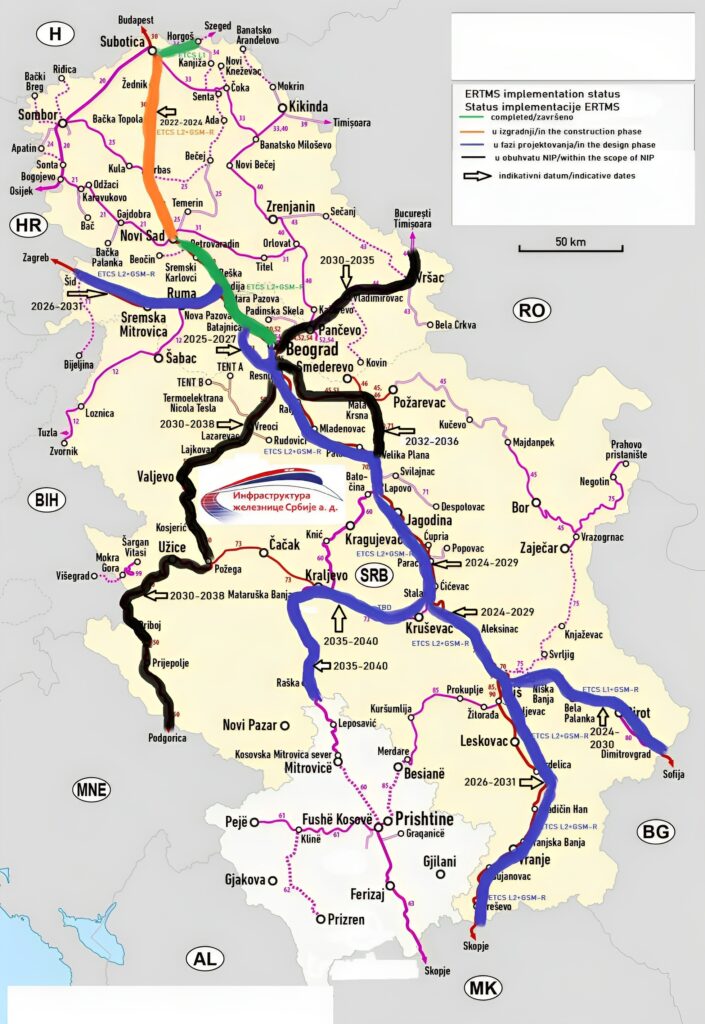
Figure 1. Indicative deployment dates for ERTMS/ETCS
(green-completed, orange-in progress, blue-planned on the TENT-T network, black-planned on the regional lines)
Key prospects for the future include the following trends:
- Enhanced safety: Implementing additional ETCS features predicted in the Baseline 4 of the TSI CCS (like ATO over ETCS) and other modern signalling systems will significantly enhance the safety of railway operations, reducing the risk of accidents and collisions;
- Gradual migration to the FRMCS according to the guidelines from the TSI CCS and NIP will lead to more efficient railway communications and a broader scope of operational services;
- Installation of a new CTC system for the management of the whole Serbian network will improve the overall efficiency of the operations;
- Regional connectivity: Serbia’s strategic location in the Balkans makes it a crucial hub for regional railway traffic. Modernized signalling systems will facilitate connectivity with neighboring countries (Hungary, Bulgaria, Croatia), promoting trade and economic growth.
Conclusion
The railway signalling systems in Serbia are a crucial element of its transportation infrastructure. The ongoing implementation of ETCS and the maintenance of existing signalling systems are vital steps towards a safer and more reliable railway network, serving both passengers and the economy of Serbia.
I believe that the investments in modern signalling systems will contribute to the sustainable development of Serbia’s rail network and that Serbia is on the right track to ensure a better future for its railways.
—-
A short biography of the author:
Ivan Ristic is a dedicated and results-driven railway signalling engineer with 25 years of experience and a profound fascination for the world of transportation systems. He is the founder and CEO of the SIGNALLING SOLUTIONS company (www.signalling-solutions.com), a consultancy company providing a complete portfolio of services in railway signalling and telecommunications.
He is also a founder of the NEW IN SIGNAL GmbH company (www.newinsignal.com), an emerging company for marketing and publishing in the expanding world of railway signalling and telecommunications.
—
Ivan Ristic jest niezależnym doradcą w branży sterowania ruchem kolejowym z 25-letnim doświadczeniem. Szczególnie interesuje się światem systemów transportowych. Jest założycielem i CEO firmy SIGNALLING SOLUTIONS (www.signalling-solutions.com), firmy konsultingowej oferującej kompleksowy zakres usług w zakresie sygnalizacji kolejowej i telekomunikacji.
Jest także założycielem firmy NEW IN SIGNAL GmbH (www.newinsignal.com), wschodzącej firmy zajmującej się marketingiem i publikacjami w rozrastającym się świecie sygnalizacji kolejowej i telekomunikacji.

 2 lat temu
2 lat temu

